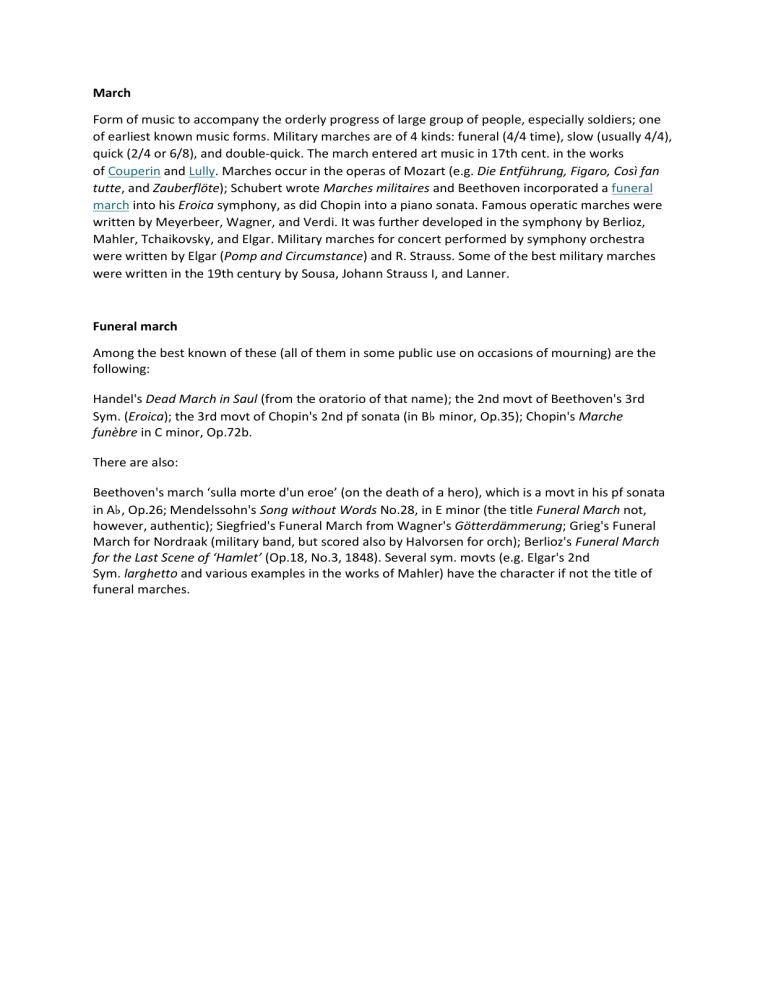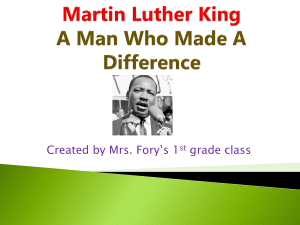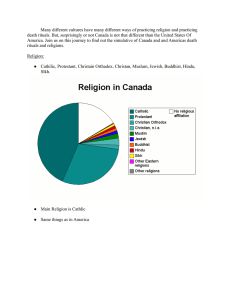
March Form of music to accompany the orderly progress of large group of people, especially soldiers; one of earliest known music forms. Military marches are of 4 kinds: funeral (4/4 time), slow (usually 4/4), quick (2/4 or 6/8), and double‐quick. The march entered art music in 17th cent. in the works of Couperin and Lully. Marches occur in the operas of Mozart (e.g. Die Entführung, Figaro, Così fan tutte, and Zauberflöte); Schubert wrote Marches militaires and Beethoven incorporated a funeral march into his Eroica symphony, as did Chopin into a piano sonata. Famous operatic marches were written by Meyerbeer, Wagner, and Verdi. It was further developed in the symphony by Berlioz, Mahler, Tchaikovsky, and Elgar. Military marches for concert performed by symphony orchestra were written by Elgar (Pomp and Circumstance) and R. Strauss. Some of the best military marches were written in the 19th century by Sousa, Johann Strauss I, and Lanner. Funeral march Among the best known of these (all of them in some public use on occasions of mourning) are the following: Handel's Dead March in Saul (from the oratorio of that name); the 2nd movt of Beethoven's 3rd Sym. (Eroica); the 3rd movt of Chopin's 2nd pf sonata (in B♭ minor, Op.35); Chopin's Marche funèbre in C minor, Op.72b. There are also: Beethoven's march ‘sulla morte d'un eroe’ (on the death of a hero), which is a movt in his pf sonata in A♭, Op.26; Mendelssohn's Song without Words No.28, in E minor (the title Funeral March not, however, authentic); Siegfried's Funeral March from Wagner's Götterdämmerung; Grieg's Funeral March for Nordraak (military band, but scored also by Halvorsen for orch); Berlioz's Funeral March for the Last Scene of ‘Hamlet’ (Op.18, No.3, 1848). Several sym. movts (e.g. Elgar's 2nd Sym. larghetto and various examples in the works of Mahler) have the character if not the title of funeral marches.

